Dispersal and diversification in freshwater environments
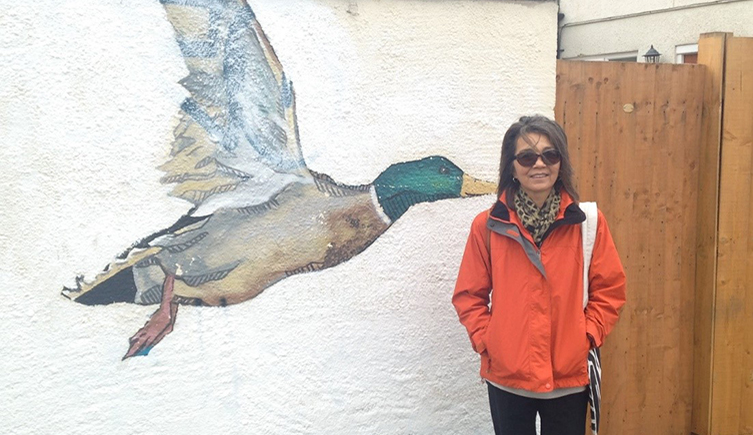
Beth Okamura and dispersal vector, image by Paolo Ruggeri
Animals that inhabit freshwaters must deal with the unique challenges of living in such environments.
Our research examines how freshwater inhabitants disperse and diversify - two fundamental issues for understanding biodiversity.
Dealing with change
Freshwater habitats change over time and are often isolated – yet they are widely inhabited. Our research focuses on how organisms find new suitable sites and how dispersal links populations across the landscape.
We are especially interested in the mechanisms and consequences of dispersal for invertebrates with poor locomotory powers (freshwater bryozoans and their parasites) and use fieldwork and molecular tools to address the following questions:
- Are resistant resting stages of bryozoans (statoblasts) dispersed by waterfowl?
- How does variation in dispersal capacity relate to diversification?
- Does dispersal frequency vary in bryozoans that inhabit lakes vs. rivers?
- What strategies do parasites use to disperse with their bryozoan hosts?
- Can bryozoans escape parasites by dispersing to new sites?
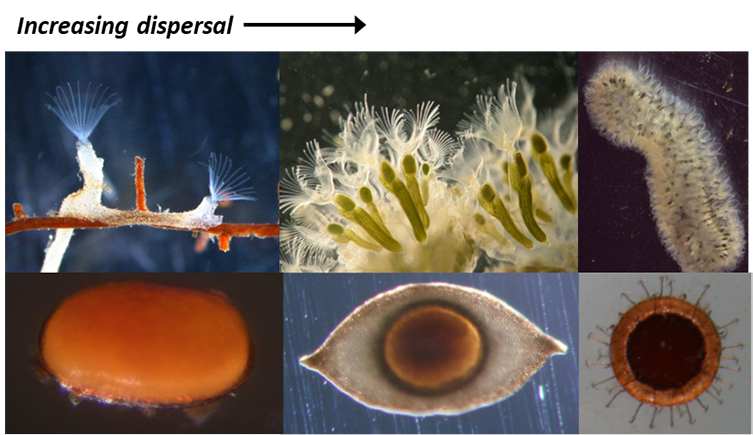
Freshwater bryozoans (upper row) and statoblasts (lower row, each < 1mm). Statoblast dispersal potential according to attached vs. floating and adherent hooks and spines, images by Beth Okamura, Samantha Hill, Hanna Hartikainen
Museum staff
Collaborators
- Dr Hanna Hartikainen
University of Nottingham - Dr Paolo Ruggeri
Xelect Ltd, St Andrews
Freshwater bryozoan biodiversity
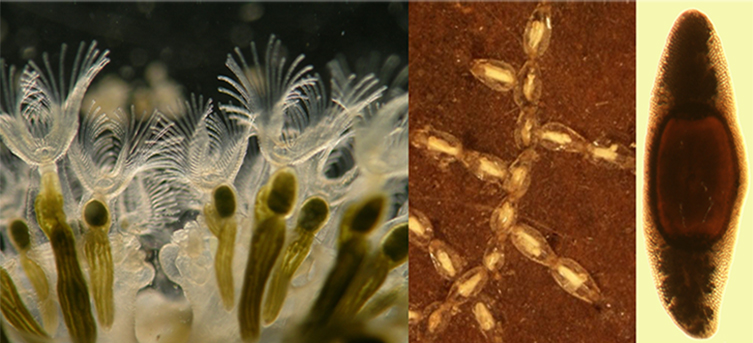
Phylactolaemate bryozoan feeding (left). Newly described ctenostome species (middle) and phylactolaemate species (showing seed-like resting stage or statoblast) (right) from Brazil, images by Beth Okamura, Tim Wood
Bryozoans form colonies composed of tiny (~1mm) iterated modules called zooids whose tentacular crowns create feeding currents to capture microscopic organisms.
Phylactolaemate bryozoans are restricted to and ubiquitous in freshwaters. Their feeding activities link planktonic productivity to benthic habitats and attract tiny invertebrates and micro-organisms that also utilise them. A few ctenostome bryozoans have invaded freshwater habitats from the sea.
Freshwater bryozoan biodiversity is poorly known. Recent expeditions to Thailand, Borneo, South Africa and Brazil have enabled the discovery of novel diversity and greatly expanded the Natural History Museum’s collections. Ongoing research on bryozoan diversification includes:
- diversity of freshwater bryozoans in the Amazon basin
- taxonomy and systematics of phylactolaemate bryozoans
- ctenostome phylogeny and evolution.
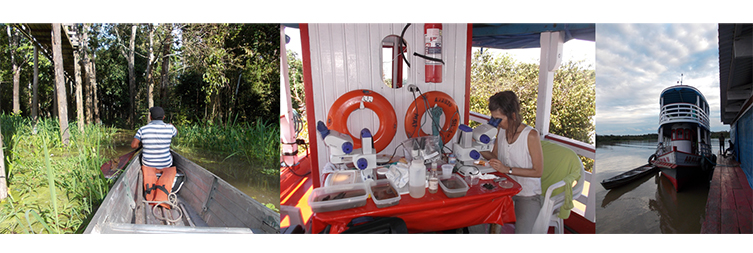
Fieldwork to collect freshwater bryozoans in the Amazon basin with main boat (right) serving as laboratory (middle) and daytime exploration of shoreline habitats (left) for bryozoan samples, images by Beth Okamura, Tim Wood
Museum staff
- Prof Beth Okamura
- Dr Timothy Wood (Scientific Associate)
- Dr Andrea Waeschenbach
Collaborators
- Dr Hanna Hartikainen
University of Nottingham - Dr Edson Adriano
Universidade Federal de São Paulo
Parasite evolution and diversification
Watch the video to see myxozoan parasites wriggling around inside a bryozoan
We are examining how myxozoans have evolved to parasitise bryozoan hosts and the origins and radiations of myxozoans in freshwater environments.
Bryozoans offer parasites a potentially unlimited, genetically homogenous resource. Our research exploring how myxozoans exploit this resource includes:
- cycling between developmental stages depending on host condition
- local adaptation between parasites and hosts.
Myxozoans have adopted freshwater hosts on multiple occasions. We are examining the associated radiations in freshwater environments, including:
- morphological simplification of myxozoans that exploit bryozoan hosts (from active worms to inert sacs)
- the evolution of vermiform plasmodia in South America
- origins of myxozoan radiations in freshwater environments.
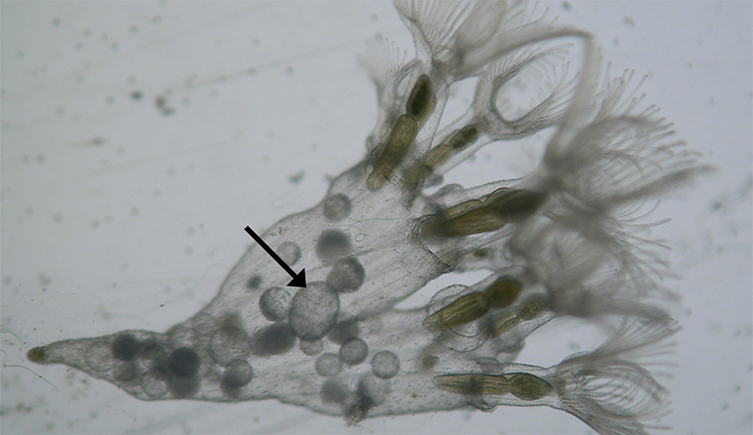
The bryozoan Lophopus crystallinus infected with sac-forming myxozoan parasite (the arrow is pointing to the sac). The bryozoan’s extended tentacles create feeding currents, image by Samantha Hill
Museum staff
Collaborators
- Dr Hanna Hartikainen
University of Nottingham - Dr Edson Adriano
Universidade Federal de São Paulo - Dr Alex Gruhl
Max Planck Institute for Marine Microbiology, Bremen - Dr Juliana Naldoni
Universidade Federal de São Paulo - Dr Suellen Zatti
Universidade of São Paulo
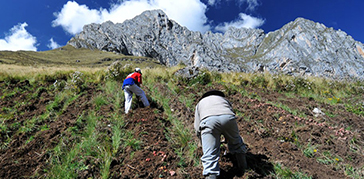
Sustainability
We are exploring new sources of food, predicting the spread of disease and finding scarce elements
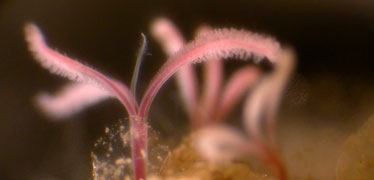
Invertebrate research
Our scientists are investigating the taxonomy, systematics and biodiversity of groups of invertebrates
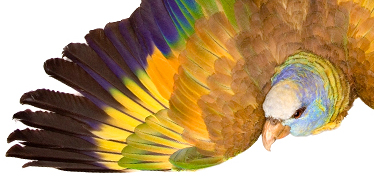
Zoology collections
Our zoology collection has 29 million animal specimens and is rich in voucher, type and historical specimens

